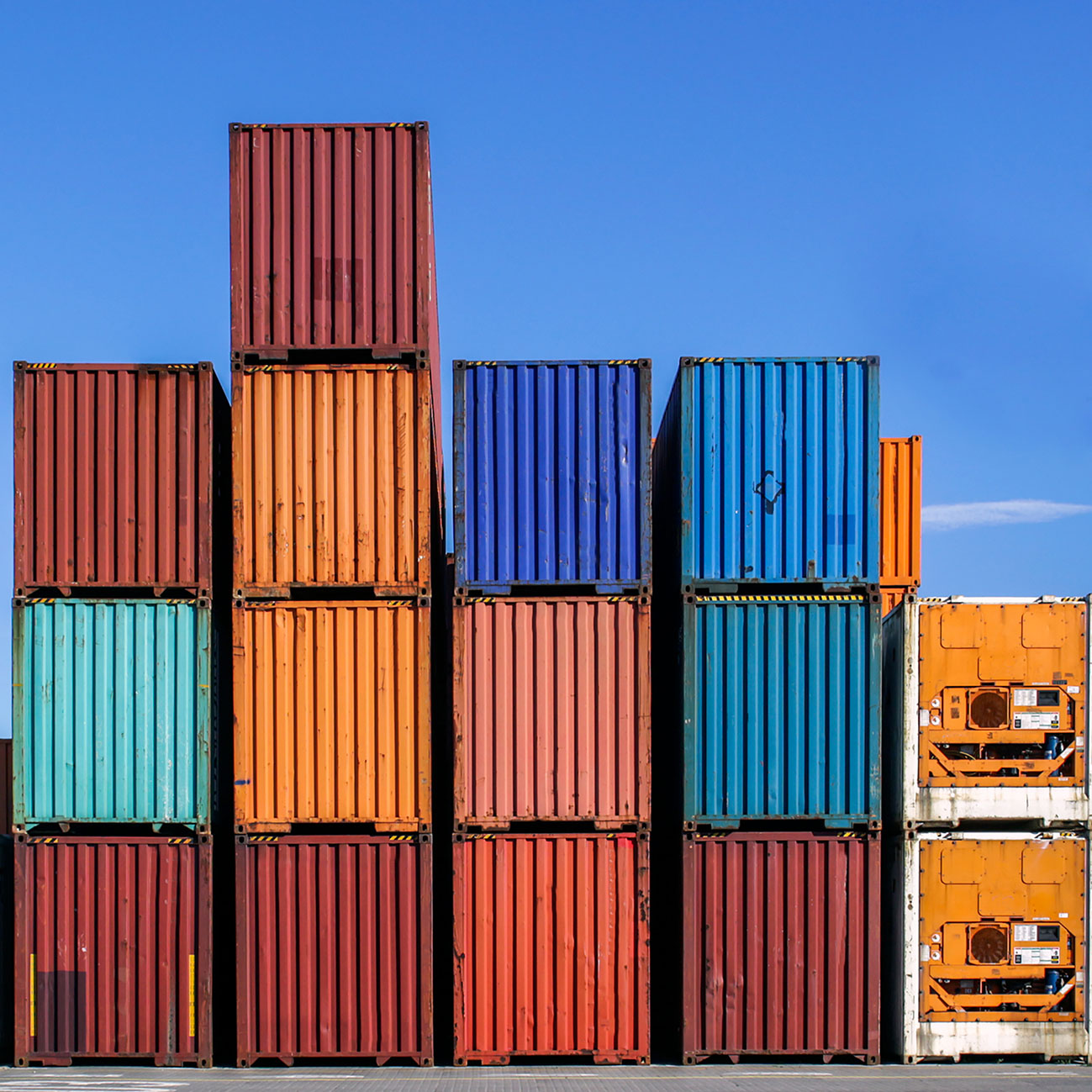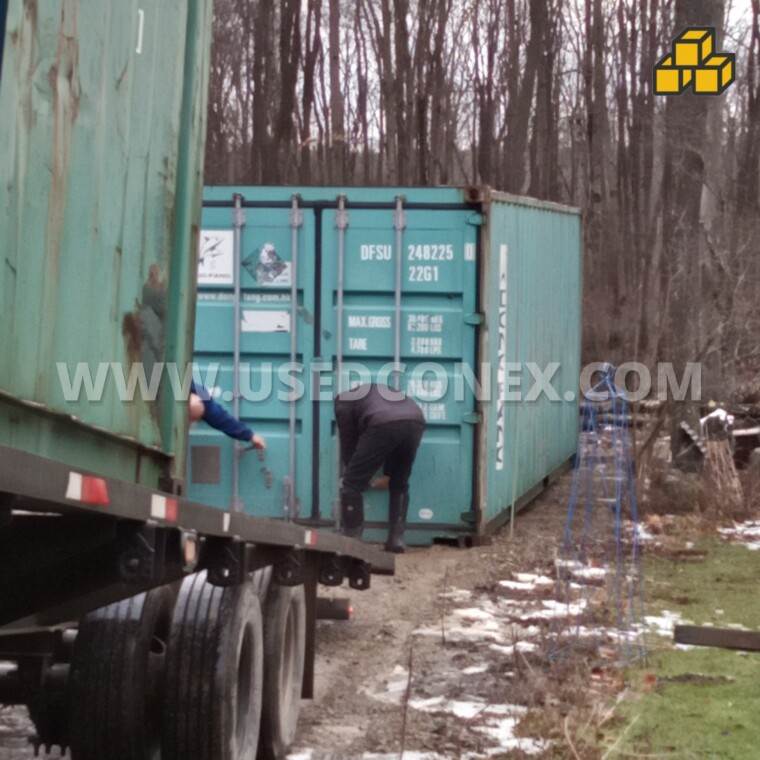
How Shipping Containers Work?
How Shipping Containers Work?
In the world of global commerce shipping containers play a crucial role in facilitating the swift and smooth transport of merchandise. These versatile containers come in different dimensions with 20 foot or 40 foot one’s being most widely used. This write-up delves into the functioning of these cargo vessels and sheds light on their diverse categories.
A shipping container is a steel box with a door on one end that’s specifically made for transportation. It can be loaded onto ships, trucks, and trains due to its standardized size. Furthermore, these containers are stackable which maximizes space utilization on vehicles like ships and trucks.
The receptacle is constructed using top-quality steel and engineered to endure the demanding circumstances of marine environments such as salty water, strong gusts of wind and turbulent waves. It boasts a sturdy framework for essential structural support and corner fittings for easy handling by cranes and forklifts.

To prevent theft and damage during transportation the containers end doors are equipped with strong locks. Different techniques like nets, braces and straps secure cargo inside the container.
Different Containers
There are multiple categories of shipping containers that serve distinct purposes for transporting various types of cargo.
Dry Containers
These are the most common type of container used for shipping dry goods such as clothing, electronics, and furniture.
Refrigerated Containers
Also known as reefers these containers are equipped with a refrigeration system to transport temperature sensitive goods such as fruits, vegetables and pharmaceuticals.
Flat Rack Containers
Designed without side walls or a roof, these containers are perfect for transporting oversized cargo like machinery, vehicles, and boats.
Open Top Containers
With a removable roof, these containers allow for hassle-free loading and unloading of oversized cargo that won’t fit through standard doors.
Insulated Containers
These containers are designed to maintain a consistent temperature making them ideal for transporting goods that require insulation such as food and beverages.
To summarize, how shipping containers work play a crucial role in contemporary global commerce as they facilitate the smooth transportation of merchandise worldwide. Built to withstand harsh maritime conditions, these containers can be customized to meet various shipping and transport requirements.

